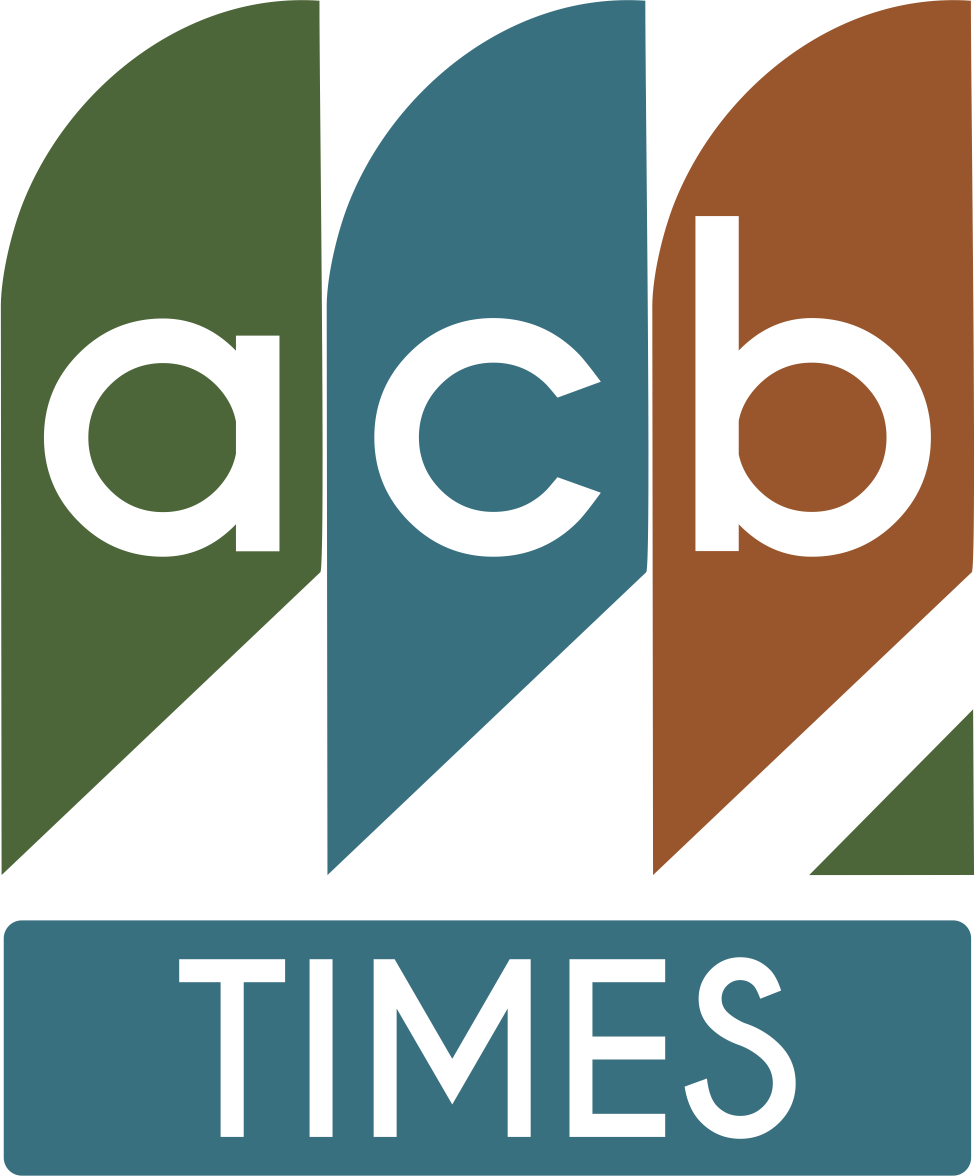In the peaceful setting of Himachal Pradesh, a group from the Himachal Pradesh Computer Teachers Association recently had a reason to be happy. They met with Chief Minister Sukhvinder Singh Sukhu to express their deep appreciation for a significant increase in their honorarium, part of the state government’s budget for the fiscal year 2024-2025. This increase is not just about money; it’s a gesture of gratitude for the valuable educational service these teachers provide, often going above and beyond in the beautiful yet challenging landscapes of the state.
An Expression of Gratitude and Stability
The proposed raise of Rs 1,900 per month in the computer teachers’ honorarium is a sign of the state government’s dedication to supporting the well-being of its employees. This step, though modest, holds great meaning for the 1,321 computer teachers it benefits, showing the government’s recognition of their efforts. Chief Minister Sukhu didn’t stop there; he also mentioned the government’s move to bring back the old pension scheme. This decision, along with a four percent dearness allowance, emphasizes a broader initiative to provide financial security and assistance to the state’s workforce.
Sustained Backing Amid Financial Hurdles
The delegation, consisting of district presidents, state executive members, and officials, appreciated the government’s ongoing support and welfare measures for employees over the past 14 months. During this time, there was a previous raise of Rs 2,000 in the computer teachers’ honorarium in the last budget, demonstrating a consistent effort to uplift and value the education sector. The Chief Minister’s dedication to making Himachal self-sufficient, as seen in the reinstatement of the old pension scheme, is a bold move towards ensuring long-term financial stability for the state’s workforce.
Looking Forward: Obstacles and Possibilities
While the increase in honorarium and the return of the old pension scheme have been well-received, they spark discussions about the financial impact of these policies on the state’s budget. The Himachal Pradesh government’s initiative to support its teachers and employees is laudable, but it also prompts a closer examination of how these welfare measures fit into broader fiscal strategies. As the state addresses these challenges, many will be watching to see how these decisions affect the quality of education and the well-being of those delivering it, setting an example for other states to follow.











